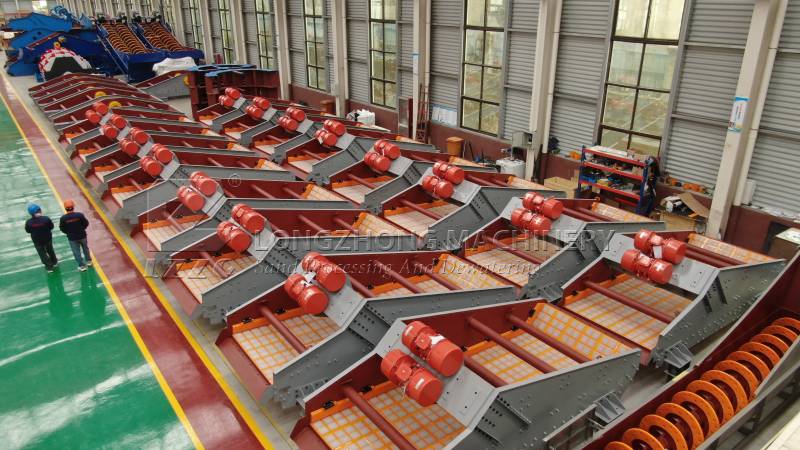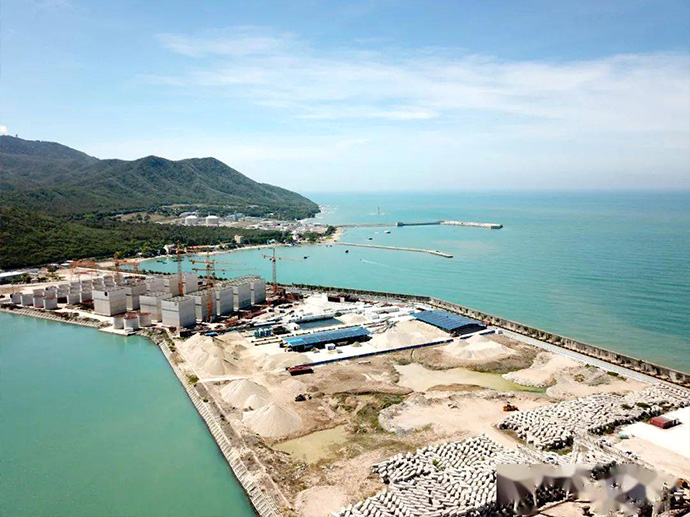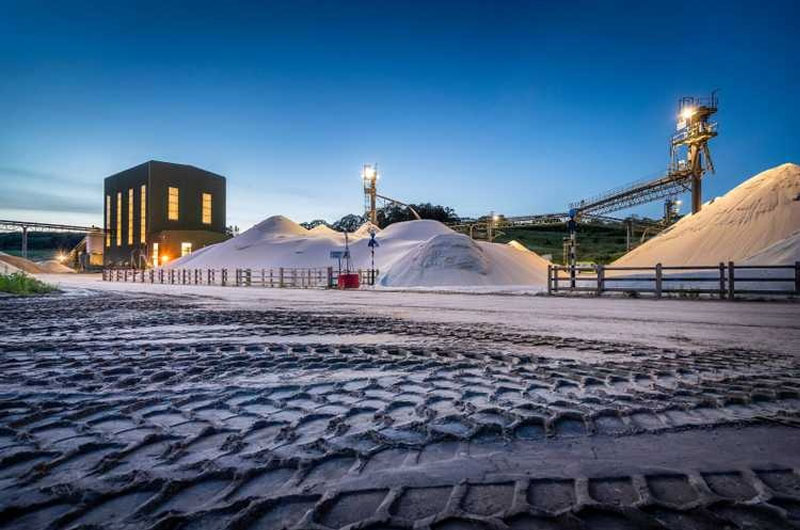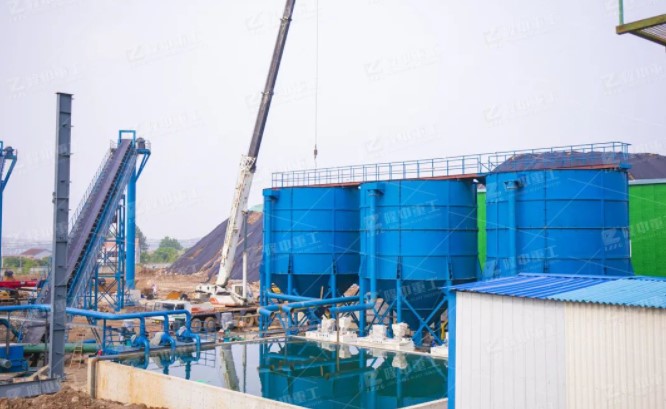First, customer needs:
1. Material type: river pebble sand
(1) Raw material composition: 40% 0-5mm sand, 60% 5-100mm river pebbles.
(2) After the raw materials are crushed, they enter the circular vibrating screen. The particle size of the material under the sieve is <5mm, and the water volume is 150m3/h.
(3) After the dry discharge is recycled, the tailwater treatment is carried out, the water volume is 120m3/h, and the tailwater has a solid content of about ≤10%.
2, customer requirements: finished sand 150T / h.
Second, the required equipment:
1. River sand washing, recycling, dry discharge equipment
(1) Washing and recycling machine (Model: 2LZ36-75)
2, tailwater treatment zero discharge equipment
(1) Deep cone purification body (Model: S-6000)
(2) 2 sets of chamber filter press (model: G2502-125)
Note: The total power of the above equipment is 168.7kw
The device contains:
(1) Chamber filter press host
(2) Filter press water flow through
(3) Filter filter feed backflow protection tube, pressure gauge, etc.
(4) Special pumps for filter presses (one pump per filter press)
Fourth, the implementation plan:
The scheme is to clean and recycle the fine sand after crushing and screening of the river pebble and to clean the tailwater. The implementation scheme is as follows:
The first step: using the sand washing and recycling machine to achieve the washing and recovery of the sieved material after the sieve is sieved.
The second step: using the deep cone purification body to achieve the tailwater purification and mud water separation after the operation of the above fine sand recovery machine and the sand washing recovery machine.
The third step: using a box filter press, the sludge of the deep cone purification body is pressed into a mud cake to achieve muddy water separation.
The water treatment capacity of this scheme is 150m3/h.
Fifth, the process
The circular vibrating screen under the sieve enters the impeller water tank of the sand washing and recycling machine (2LZ36-75) through the launder. After cleaning, most of the materials are poured into the vibrating screen by the wheel bucket for dehydration, and the overflow slurry is then washed by the sand washing machine. The slurry pump is pumped into the separator, and the bottom of the separator enters the sieve plate to produce fine sand. The separator returns to the return water tank and flows into the sewage transfer tank. The wastewater in the sewage transfer water is pumped into the deep cone purification body by the vertical pump. After the deep cone purification body is thickened, the mud flows into the mud transfer tank, and then is pumped by a special pump of the filter press, and is driven into a box filter press, which is filtered by a filter press to form a mud cake. At the same time, the deep cone purification body overflows the clean water, and the clean water filtered by the filter press is returned to the clear water transfer tank, thereby realizing the fine sand recovery and efficiency enhancement, the solid waste dry discharge treatment and the recycling and reuse of water resources.





